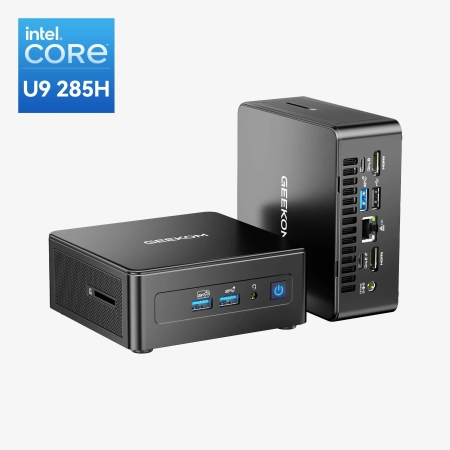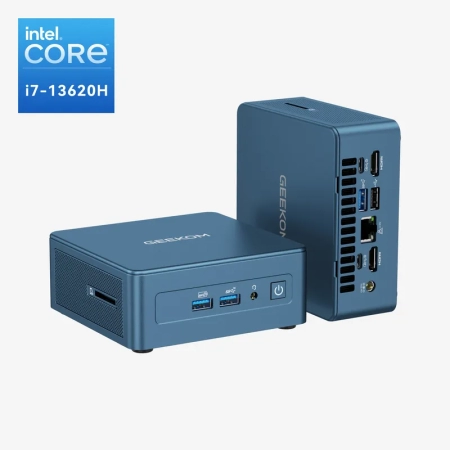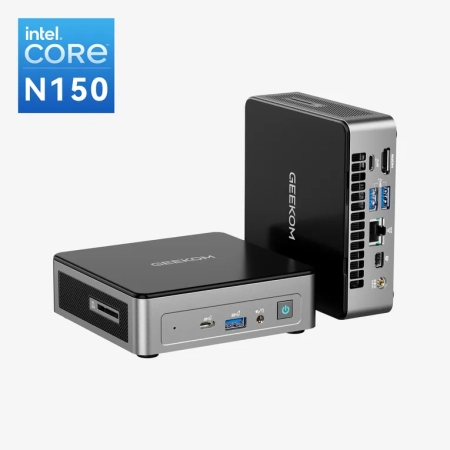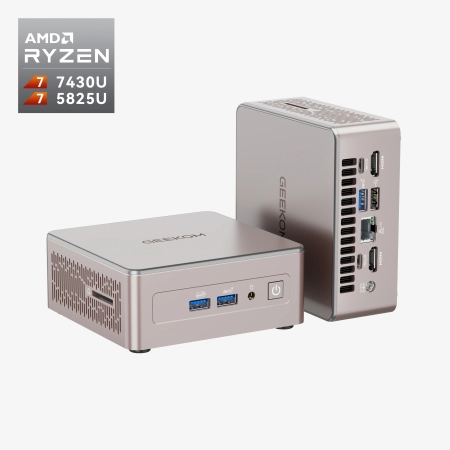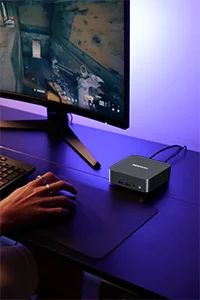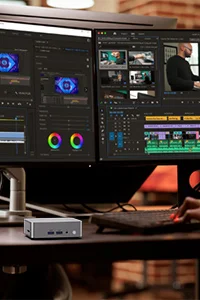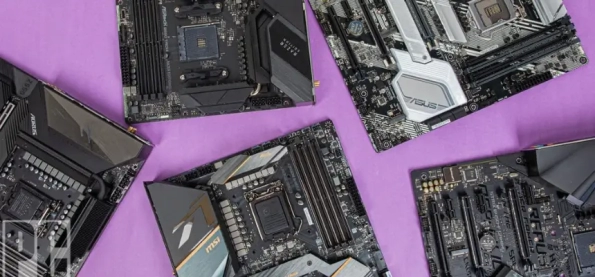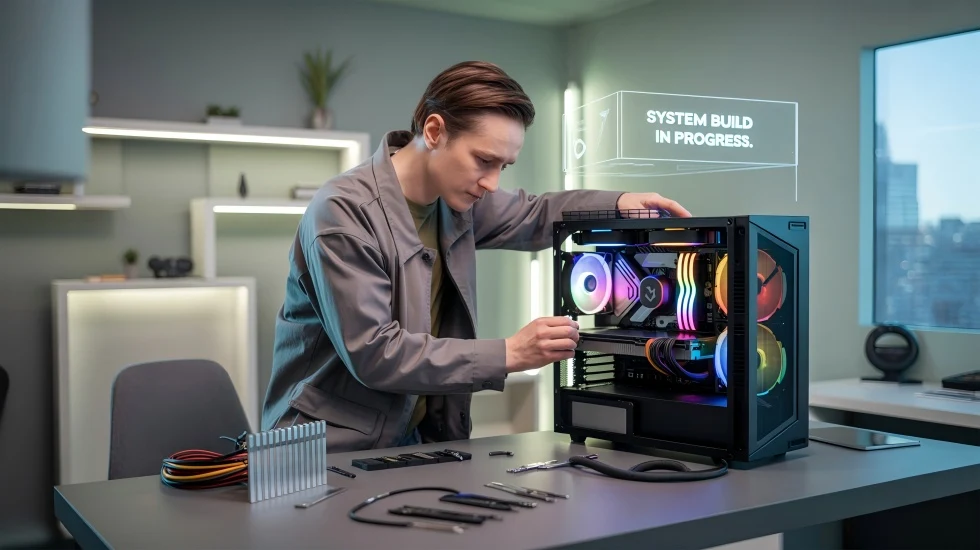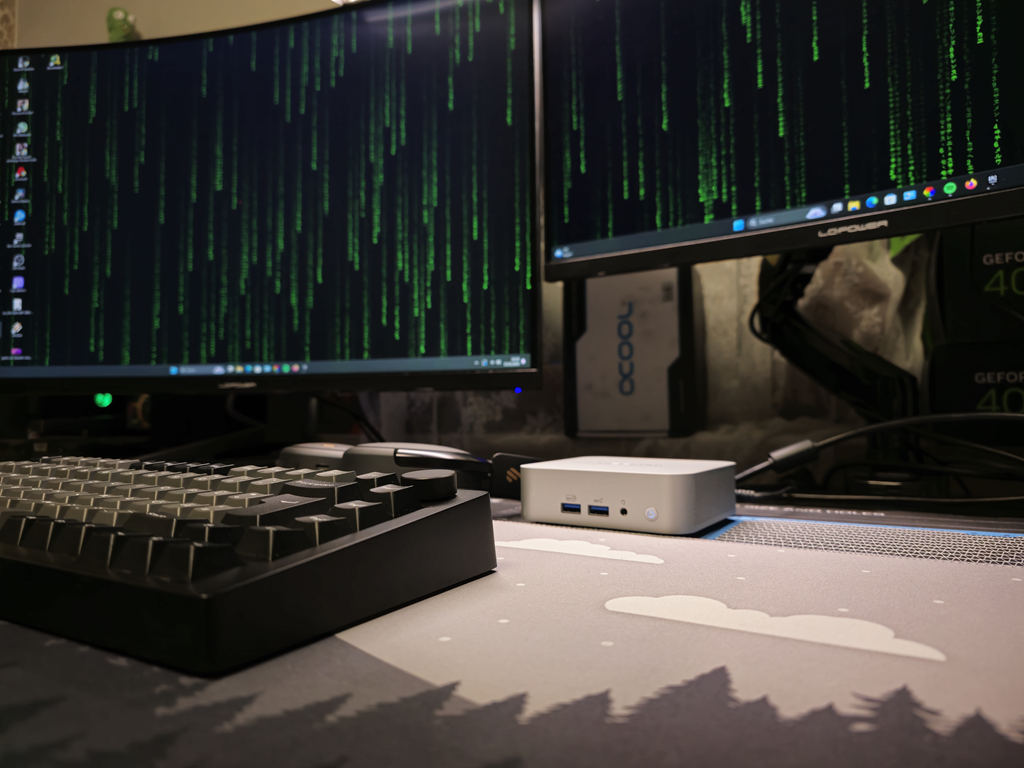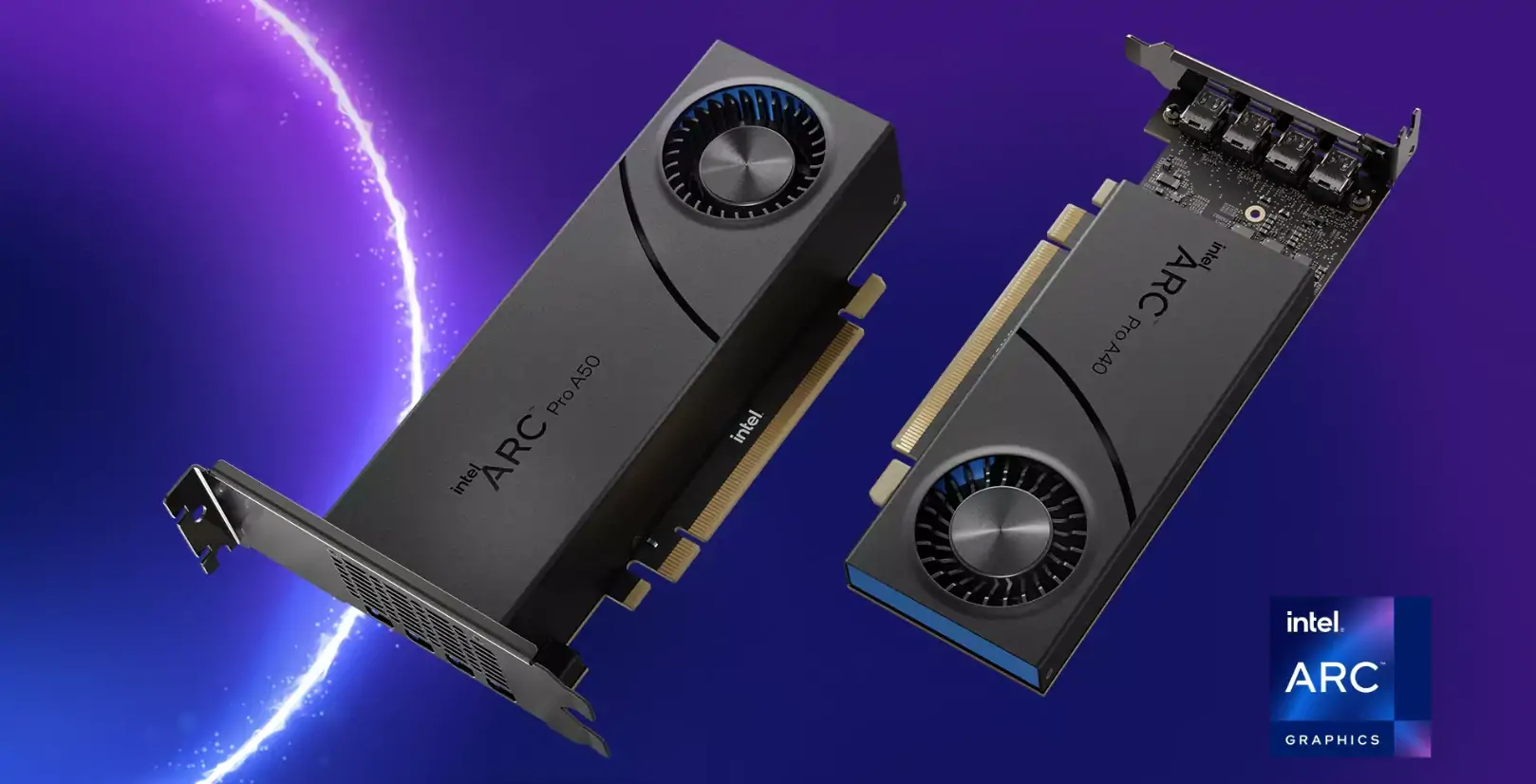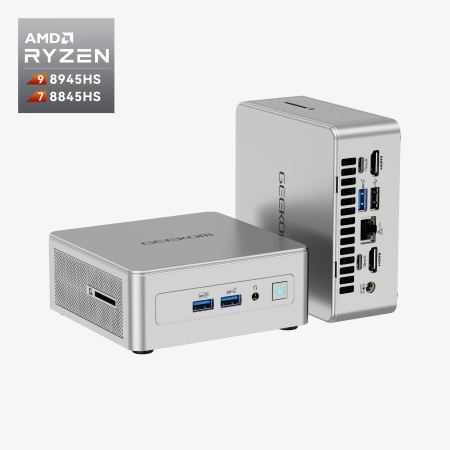A major decision in the creation of a gaming PC is the motherboard you will choose. A computer motherboard acts as the backbone that connects the CPU, graphics card, memory, storage, and other parts. The quality of your experience is directly affected by the compatibility, stability, and upgradability of the motherboard you pick. With the rapid growth of hardware such as the latest AMD and Intel processors, selecting a backward and forward-compatible motherboard is now more important than ever. In this guide, we will cover what a motherboard is and why it is essential in gaming. We will also help you find the most compatible board for your needs.
What is a motherboard in a computer?
All computer systems have a motherboard as the groundwork, the most important printed circuit board. It is a centre of all power distribution and data transmission, connecting and controlling all the necessary parts, consisting of CPU, RAM, storage drives, graphics cards, sound cards, and network interfaces.
A CPU socket of the motherboard defines the compatibility of the processor; RAM slots, indicate the type and quantity of memory that can be installed; PCIe slots, are used for adding other devices like GPUs; and storage interfaces, for instance, SATA and M.2, for hard drives and SSDs, are some of the important features of the board.
The chipset, whose division into the northbridge and southbridge is frequent, ensures communication between peripheral devices, RAM, and CPU and has a direct influence on the system performance. The list of other important components includes I/O ports of various types for connecting different devices, voltage regulation modules (VRMs) for providing power all the time, and the BIOS/UEFI chip for setting up the system. Most of these parts are integrated into modern motherboards, saving both time and budget for the end-users, as well as allowing for future expansion and the support of the latest technologies, such as PCIe 5.0 and NVMe SSDs.
All sources mentioned below: (Nahil Computers: Motherboard Components and Fundamental Operations; Scientech Easy: Motherboard Components and Their Purposes; MiniTool Partition Wizard: 20 Principal Motherboard Components and Their Purposes.)
Does the Motherboard Matter for Gaming?
One might argue that the motherboard is a mere background that shouldn’t be taken into account when building a PC; however, those who have started building computers understand already that it takes a little more than that to get it right. For example, I have seen computing engines with the highest-grade central processing units and graphic processing units, which were greatly affected by the supporting board that lagged, random freezes, freak crashes, or just having a feeling that things are not as fast as they should be. The motherboard does not give you frames-per-second rates, but it decides the system’s compatibility, and how the system behaves during various situations is a deciding factor in terms of the performance of the system.
As an example, having a powerful VRM may result in big differences when one needs to use a high-performance processor. Inside a game session, you wouldn’t want the system to force down your frequency or reboot on its own. On the flip side, a plain motherboard may be suitable for you in case you run a few applications or have a tight budget for your computer and may get you out of a difficult time.
Meanwhile, networking and expansion will play their role. With boards that have either 2.5 Gb Ethernet or Wi-Fi 6E, you will experience low latency – don’t tell me you are not tired of impractical online games. Just remember about the BIOS features; easy menus and fixed updates will result in your saving money and your peace of mind.
Try finding some quite popular models and meet the needs of a gaming lover. How do you like these options?
| Motherboard Model | Overclocking Support | Network Latency | VRM Power Phases | Best Fit |
| ASUS ROG MAXIMUS Z790 HERO | Yes | ≤5ms (Wi-Fi 6E, 2.5GbE) | 20-phase | Enthusiast gaming, OC |
| MSI MAG B760 TOMAHAWK WIFI | Partial | 5-10ms | 12-phase | Mainstream gaming builds |
| GIGABYTE H610M S2H | No | ≥15ms | 6-phase | Entry-level or casual use |
Any motherboard is not capable of making an old video card into a fast one; a good motherboard, however, a good motherboard will keep the system reliable, will be open for upgrading, and will have no issues that can kill a gaming session.
How to Choose a Good Motherboard for Gaming
It’s not easy to decide on the top motherboard for your gaming PC. It isn’t just about simply grabbing the latest or the most expensive one. First and foremost, it’s about matching not only your budget, the hardware you already have, and those you are considering buying, without limiting your future cost-effective upgrades. The new factors of the abovementioned cost-effective upgrades must be taken into account to make the correct choice.
We will go through the real-world considerations that really count based on the experience acquired personally, as well as the recommendations of some of the top industry sources.
1. CPU Socket Compatibility
The central processing unit (CPU) should be the first thing selected. Every processor has a specific socket, and your motherboard also has to have this socket, or it just won’t work. For example, Intel’s recent generations feature LGA 1700 and LGA 1851 sockets, while AM5 is used for AMD’s mainstream chips. The mention of older AMD systems may be a reference to the AM4 socket, which is now replaced with AM5 for new gaming builds. Attempt to fit a CPU into an incompatible socket, and the most likely outcome will be that you cause damage to both your CPU and your motherboard. Therefore, make sure to validate your choice before you make the purchase.
It’s the motherboard that has the pins in the case of Intel, while there is also a new Land Grid Array design, which is used for AM5 and is a part of the AMD line of products. The old AMD processors (AM4) used to have pins on the CPU, which was a technology called the Pin Grid Array. Look for the processor you have on manufacturer websites or reliable retailers to make sure that it is compatible. If you are still in doubt, you can look for it by your CPU model and confirm exactly which sockets and chipsets it works with.
Quick Reference Table: Common CPU Sockets and Supported Generations
| Socket | Brand | Supported CPU Generations | Notes |
| LGA 1700 | Intel | 12th, 13th, 14th Gen Core | Current mainstream |
| LGA 1851 | Intel | 14th Gen Core Ultra, future CPUs | Next-gen, future-proof |
| AM5 | AMD | Ryzen 7000, 8000, 9000 Series | DDR5 only, latest features |
| AM4 | AMD | Ryzen 3000, 4000, 5000 Series | DDR4, budget-friendly |
2. RAM Compatibility
Memory is another field where small details matter. DDR4 and DDR5 are the types of RAM that are compatible with most of today’s motherboards designed for gaming. DDR is a dynamic chip capable of hierarchical aesthetics. Most budget and mid-range builds can still afford DDR4, but DDR5 is the typical RAM choice for the highest top-end or more future-proof systems with very rapid progress. You cannot mix and match DDR4 with DDR5 and vice versa. Your motherboard, if it specifies DDR5 on it, will only accept and recognise the DDR5 memory from it.
Both capacity and the RAM speed ultimately become a deciding factor in your choice of a gaming memory. If 16GB is the lowest amount recommended for gaming, then 32GB is the new sweet spot, especially for a higher-end game with higher system requirements and when multitasking is necessary. It is an undeniable fact that a higher memory frequency (in MHz) has the potential to affect gaming performance on AMD systems, although the latter is influenced considerably by such a changing variable. Consequently, to avoid an unfortunate choice, you should make it a point to look for your specific motherboard series in the list of the ones having the qualified vendor’s tag (QVL). The rule of thumb is that the best option would be 3200MHz on a DDR4 memory stick or a still higher speed of 5600MHz for the DDR5, if this is feasible for you.
So, Is 16GB RAM Enough for Gaming? Or, Is 32GB RAM Overkill?
3. Storage Interface and Compatibility
Without a doubt, the storage industry has been changing at an amazing speed. Although SATA SSDs are still in wide use, and they are certainly never a bad choice, the NVMe SSDs of the M.2 slot variety are the next big thing in gaming. Since the introduction, it is almost like the blink of an eye, and now these drives have become the first (game load times that would make waiting for them to load a video game the equivalent of waiting for the seconds to pass by). However, not all motherboards are fit to support new cutting-edge PCIe 5.0 or 4.0 NVMe drives, so always double-check first. While minimum limiting ultra-affordable model M.2 boundaries to just one of them (and sometimes, the adapter to it will be limited or even absent), with the market becoming more and more saturated, a vast majority of motherboards are being produced with three or more M.2 slots available.
Don’t disregard the physical proportions. M.2 SSDs come in different sizes (e.g., 2280 or 22110), and only a few dimensions can be housed in a given motherboard. Running a high-capacity drive together with multiple drives is a possible combination as long as you hold a motherboard that comes with multiple SSD slots supporting the right form factor in your hand.
For details, please see here: m.2 SSDs: From Basics to 1TB and Beyond.
Storage Compatibility Table
| Storage Type | Interface | Max Speed (MB/s) | Typical Use | Motherboard Requirement |
| SATA SSD | SATA III | ~600 | Budget, older systems | SATA port |
| NVMe SSD (PCIe) | M.2 PCIe 3.0 | ~3500 | Fast gaming loads | M.2 slot, PCIe 3.0 support |
| NVMe SSD (PCIe) | M.2 PCIe 4.0 | ~7000 | High-end gaming | M.2 slot, PCIe 4.0 support |
| NVMe SSD (PCIe) | M.2 PCIe 5.0 | ~14000 | Extreme performance | M.2 slot, PCIe 5.0 support |
4. Expansion and Connectivity
Draw your attention to the graphics card as well as all the other things you might need to connect. On the mainstream ATX motherboards, there are usually more PCIe slots available for GPUs, sound cards, or capture cards compared to the smaller Microatx or Mini-ITX boards. If you intend to build a small system, pay attention to the fact that you are not losing necessary expansion.
Another point is USB ports. Today’s gaming motherboards offer a group of USB 3.2 Gen 2, USB-C, and, if you’re lucky, Thunderbolt too. So if you have a greater variety of ports, you will be better equipped for connecting peripherals, for example, VR headsets, external storage drives, or streaming devices.
One more big issue for gamers is online connectivity. Wider network bandwidth from boards with 2.5 2.5Gb Ethernet or Wi-Fi 6E/7 makes a lower latency possible. The fewer losses in data and clearer and faster responses mean it’s even more important for those who are participating in competitive online games. The same goes for audio quality; some motherboards may be equipped with premium DACs or confer support for surround sound.
Connectivity Feature Table
| Feature | Entry-Level Board | Mainstream Board | High-End Board |
| PCIe x16 Slots | 1 | 1-2 | 2+ (for multi-GPU/capture) |
| USB Ports | 4-6 (USB 3.0/2.0) | 6-8 (USB 3.2 Gen 1/2, C) | 8+ (USB-C, Thunderbolt, etc.) |
| Networking | 1Gb Ethernet | 2.5Gb Ethernet, Wi-Fi 6 | 2.5GbE, Wi-Fi 6E/7 |
| Audio | Basic onboard | Enhanced onboard | Premium DAC, surround support |
| RGB Headers | 1 | 2-3 | 3+ |
5. Power Delivery and Overclocking
Whether gaming performance is your main concern or you are dealing with unlocked CPUs, you should still check the VRM design of the motherboard. The quality of the components and the number of power phases that are more make it possible for the voltage to be more stable, for the temperature to be lower, and for the overclocking potential to be the best. Heatsinks of large capacity are installed on the VRMs of high-end boards. This is not only for design but also to keep the temperatures low when the CPU operates at high power.
For this reason, going a bit more casually with the power delivery part for regular gaming may yield frustration. Get to know which VRM type is being used in the motherboard of your choice by reading the reviews or consulting the official product pages of the manufacturers that are selling it, especially if the processor that you’re looking to use is either in the i7/i9 series of Intel or Ryzen 7/9 of AMD.
6. BIOS Features & User Experience
A simple and modern BIOS (or UEFI) provides users an easy way of changing settings, performing firmware upgrades, or getting technical help. The BIOS Flashback feature is provided on some motherboards to update the BIOS without having to use a CPU; also, brands are now creating dual BIOS for those users who want to have a backup option and more advanced fan controls. When you are new to the PC building community, a BIOS that is well-designed and clear can keep you from frustration and save you a considerable amount of time.
Leading brands ASUS, MSI, and Gigabyte have been at the forefront of improving the ease of setup of their BIOS and providing better user interfaces and simple, intuitive features to their customers. If you are completely new to the process, find mainboards with easy-to-read manuals and join a large number of active support communities; these can be big time-savers when you encounter trouble.
7. Brand Reputation and Product Warranty
Only stick to the most reliable brands. ASUS, MSI, Gigabyte, and ASRock are the most reliable names in gaming motherboards. The four big names in the gaming motherboard market each have their best part, such as ASUS being the top one for BIOS quality and overclocking, MSI for value and power delivery, Gigabyte for cooling and connectivity, and ASRock for budget options with solid features.
Additionally, the product warranty and customer support are the most important elements. The references that users give about the brand, the warranty, and the ease of getting support should also be the things you check. Not so few dollars saved in the beginning can cost you more in the end if you buy a bit hard to troubleshoot or replace in no time.
Brand Comparison Table
| Brand | Known For | Flagship Model Example | Support/Community |
| ASUS | BIOS, overclocking | ROG Maximus Z790 HERO | Extensive, active forums |
| MSI | Value, power delivery | MAG B760 TOMAHAWK WIFI | Good, responsive |
| Gigabyte | Cooling, connectivity | X670 AORUS ELITE AX | Strong, detailed guides |
| ASRock | Budget, features | B650M Pro RS | Decent, improving |
Constructing a gaming motherboard is not really about trying to cheat on specifications. It is more about realising what fits your needs and what hardware you already have, and then you are supposed to go for a motherboard that won’t be a burden to you today, tomorrow, or the day after tomorrow. Match the motherboard with CPU and RAM; don’t skimp on the power, and a reputable company in the market is also very important. You will use this knowledge in the future when you suddenly decide to upgrade your PC or it has something wrong with it.
Conclusion
Choosing the right motherboard is crucial for building a stable and future-proof gaming PC. Focus first on ensuring compatibility with your CPU and memory, as this forms the foundation of your system. Next, pay attention to power delivery-especially if you plan to overclock or run demanding games, to maintain system stability. Don’t forget the importance of having enough expansion slots and ports to connect your peripherals and storage devices. Trusted brands like ASUS, MSI, and Gigabyte offer reliable options with solid BIOS support and warranty service. A well-chosen motherboard won’t directly boost game performance but will provide a dependable platform for your entire build.


